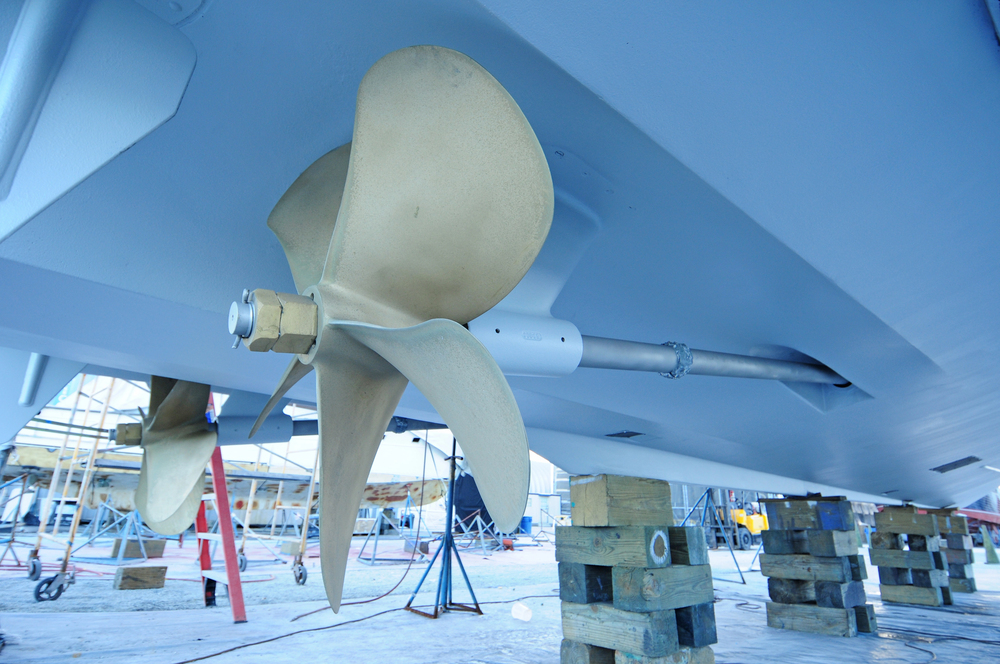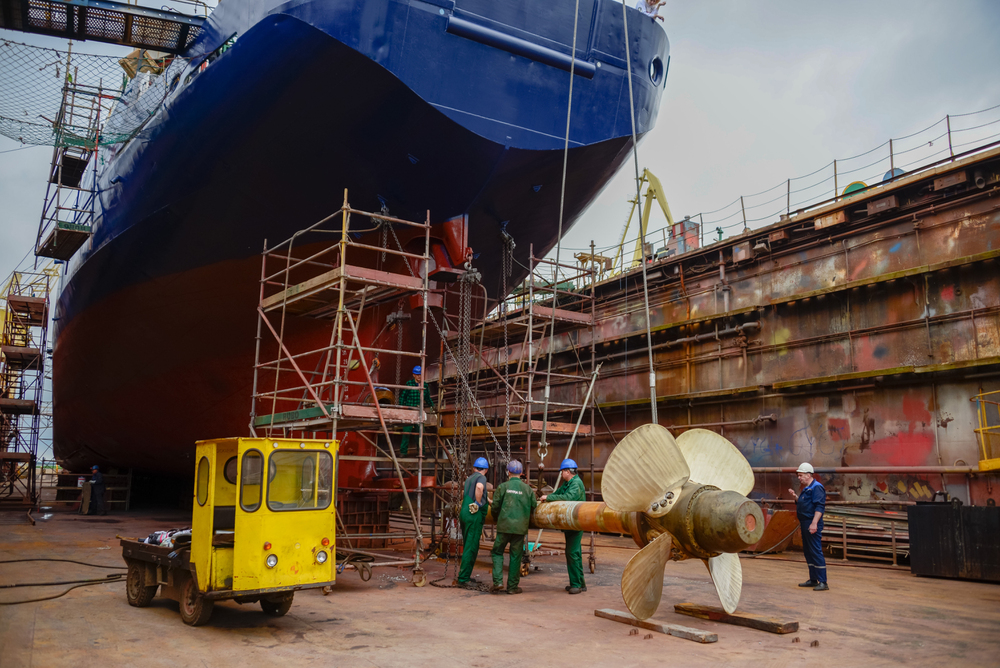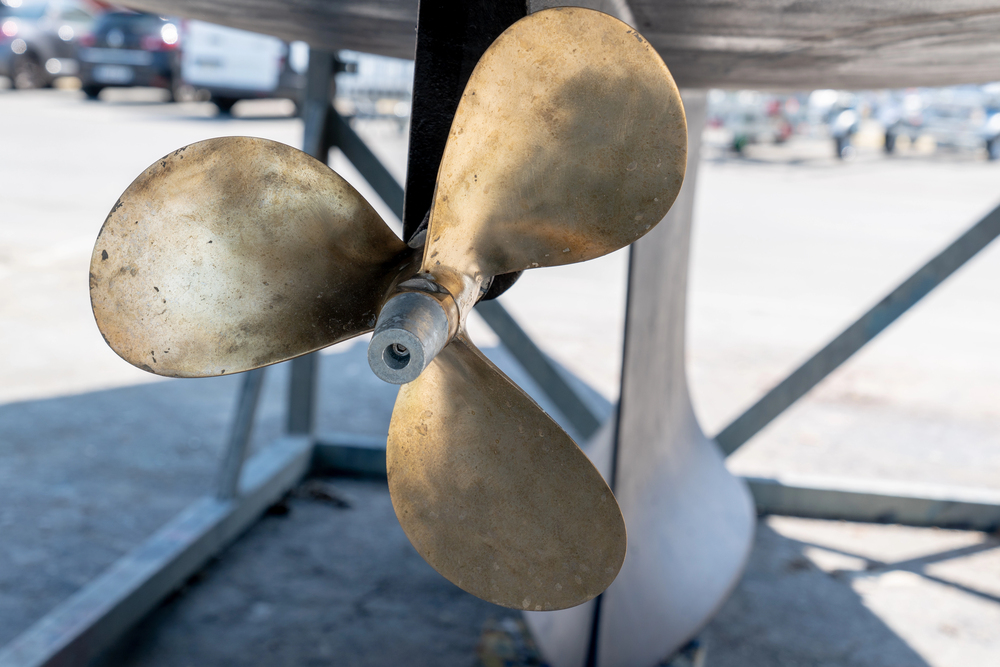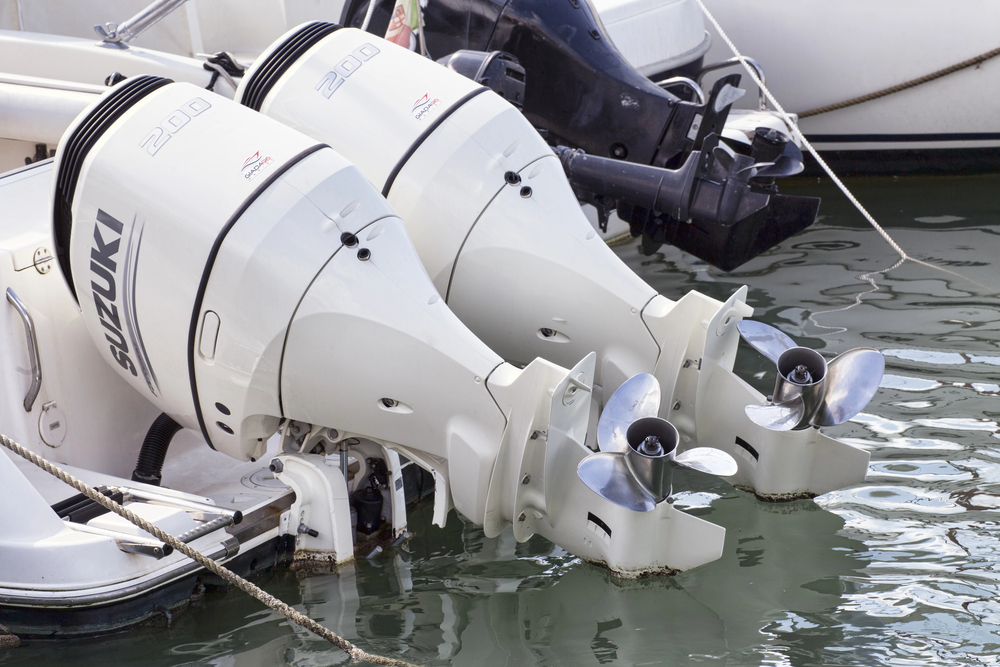When it comes to maintaining a boat or ship, one of the most important coatings applied is antifouling paint. So, what is antifouling paint? In simple terms, antifouling paint is a special coating that is applied to the hull of ships and boats to prevent marine organisms, like algae and barnacles, from attaching to the hull. This buildup of marine growth, known as hull fouling, can significantly affect the vessel’s performance. Antifouling paint prevents these organisms from settling on the hull, keeping the boat in optimal condition.
At Hull 2 Prop, we specialize in boat underwater maintenance and hull cleaning, offering professional services to make sure your boat’s hull remains free from fouling. Our antifouling paint application services help boats perform better and last longer, saving boat owners from unnecessary maintenance costs.
Why Is Antifouling Paint Important?
The application of antifouling paint offers several benefits, the most important of which is preventing hull fouling. Without this coating, marine growth such as barnacles, algae, and mussels can attach to the hull. These organisms create resistance, also known as drag, which makes the boat slower and less fuel-efficient.
Hull fouling can also cause long-term damage to the hull itself, as organisms like barnacles can scrape and scratch the surface, potentially leading to corrosion and the need for costly underwater boat repairs. By preventing marine growth, antifouling paint reduces drag, improves fuel efficiency, and protects the boat’s surface.
How Does Antifouling Paint Work?
Antifouling paint works by creating a surface that prevents marine organisms from attaching to the hull. It contains active ingredients, often copper-based, that are toxic to most marine organisms. As the boat moves through the water, these active ingredients are gradually released, creating a slippery surface that discourages marine life from settling on the hull.
In addition to copper-based ingredients, some newer antifouling paints use eco-friendly compounds that are less harmful to the marine environment while still preventing fouling. The paint forms a barrier that stops the organisms before they can get a firm hold on the boat’s hull.
Types of Antifouling Paint
There are several types of antifouling paints, each designed for specific needs. The main types are:
Hard Antifouling Paint
Hard antifouling paint is a durable and long-lasting option, ideal for boats that operate at higher speeds, such as powerboats. The paint is designed to create a tough, resistant surface that resists wear and tear. It works by slowly releasing biocides that prevent marine growth.
While hard antifouling paints are effective in high-speed environments, they are less effective for boats that stay in the water for long periods or travel at low speeds.
Pros:
- Durable and long-lasting.
- Suitable for high-speed boats.
Cons:
- Can be abrasive.
- Not suitable for slower boats.
Self-Polishing Antifouling Paint
Self-polishing antifouling paint is ideal for boats that stay in the water for extended periods. It has a special formula that slowly wears away, releasing biocides as it polishes. This keeps the hull smooth, reducing drag and improving fuel efficiency.
Self-polishing antifouling paints are perfect for sailboats and other low-speed boats. They work well in areas where fouling is a constant issue.
Pros:
- Smooth finish reduces drag.
- Ideal for boats exposed to high fouling.
Cons:
- More expensive than other options.
- Requires professional application.
Copper-Free Antifouling Paint
Copper-free antifouling paint is a newer, more environmentally friendly option. Instead of using copper as its active ingredient, this type uses alternative biocides to prevent fouling. Copper-free paints are often used in areas where there are strict environmental regulations regarding copper pollution.
These paints are designed for boat owners who want to minimize their environmental impact without compromising on antifouling effectiveness.
Pros:
- Eco-friendly.
- Suitable for boats in sensitive environments.
Cons:
- Can be more expensive.
- May require more frequent reapplication.
Benefits of Using Antifouling Paint
There are several reasons why applying antifouling paint is important for boat maintenance:
- Improved Fuel Efficiency: By reducing drag and preventing fouling, antifouling paint helps the boat move more efficiently through the water, resulting in fuel savings.
- Reduced Maintenance Costs: Regular application of antifouling paint reduces the need for costly hull cleanings and repairs caused by marine growth.
- Longer Boat Life: Antifouling paint protects the hull from corrosion and damage caused by barnacles and algae, helping to extend the lifespan of the boat.
When Should You Apply Antifouling Paint?
The ideal time to apply antifouling paint is before the boating season begins, ideally while the boat is out of the water. The paint should be applied to a clean and dry hull to ensure the best adhesion and effectiveness. Depending on the type of paint and the boat’s usage, antifouling paint should be reapplied every one to two years.
If you notice any signs of hull fouling during the boating season, it may be time to inspect and reapply the antifouling paint, especially if the paint has worn away.
Other Maintenance Considerations
In addition to applying antifouling paint, regular maintenance is key to keeping your boat in top condition. Boat underwater maintenance should include inspecting the hull for any signs of damage, checking sacrificial anodes, and performing regular hull cleaning.
Sacrificial anodes protect the boat’s metal components from corrosion. Replacing these anodes regularly helps prevent long-term damage to the hull and other underwater parts.
If you notice any damage to the hull caused by marine growth, it is important to address it with professional underwater boat repairs.
Hull 2 Prop’s Expertise in Antifouling and Maintenance
At Hull 2 Prop, we understand the importance of keeping your boat in great condition, both for its performance and longevity. Our expert team offers professional services in boat underwater maintenance and hull cleaning, making sure that your boat stays free from fouling and performs at its best.
We also offer regular inspection and maintenance of boat sacrificial anodes, which help protect your boat’s submerged components from corrosion. If you need underwater boat repairs, we are here to help with that too.
Antifouling paint is an important part of boat maintenance. It protects the hull from marine growth, improves fuel efficiency, and reduces maintenance costs. By choosing the right antifouling paint for your boat and applying it regularly, you can extend the lifespan of your vessel and enjoy better performance on the water.
At Hull 2 Prop, we specialize in antifouling and hull maintenance services. Let us help you protect your investment and keep your boat running smoothly for years to come.







